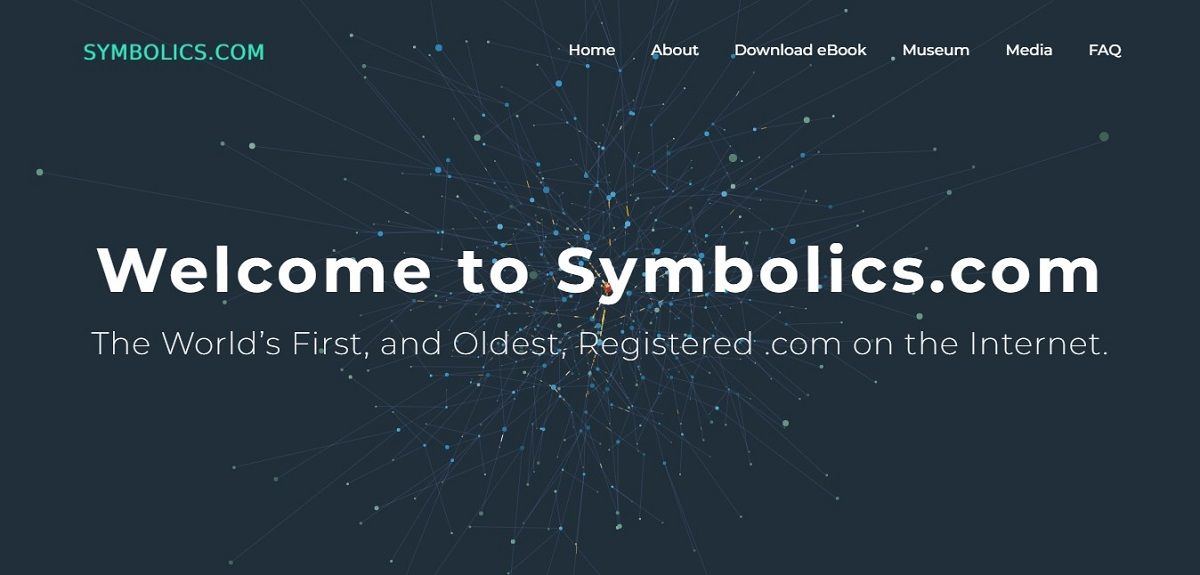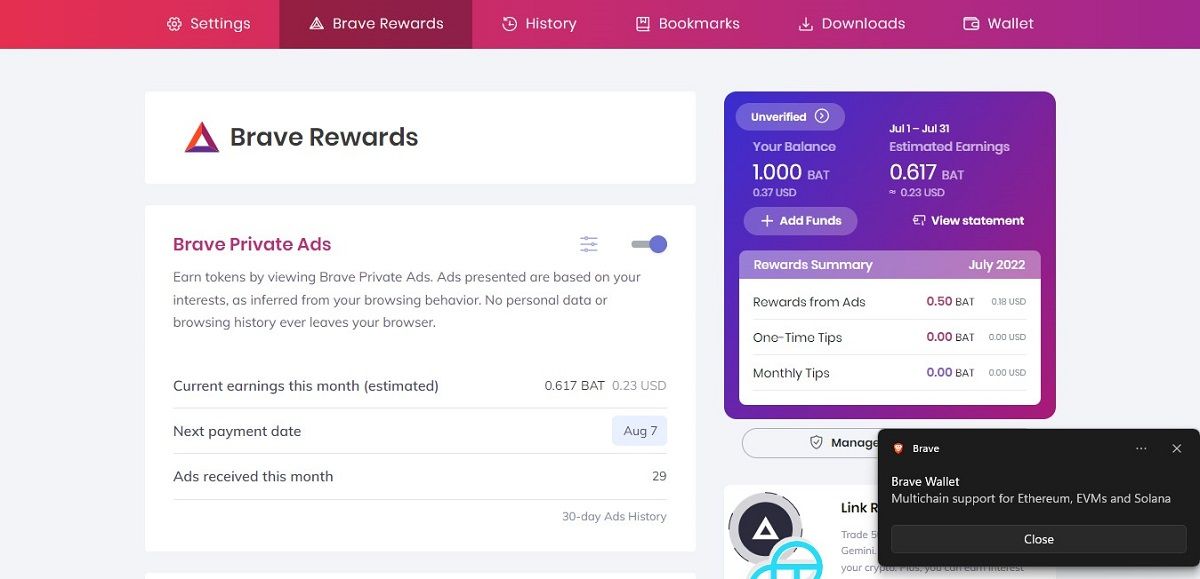You’ve probably seen a lot of buzz about the coming of “Web3.” While you may or may not have some understanding of what Web3 looks like, you may have an additional question: What were Web2 and Web1? It sounds like a simple question, but there’s more to it.
There are three big ideas here, one for each of these subsequent generations of the web. Those are “Read,” “Write,” and “Own.”
What Was Web1?
For the sake of this article, let’s skip the internet’s prehistory. The first internet communication was unsuccessfully sent in the late sixties. Government agencies and universities spent the next twenty or so years developing it.
The first domain was purchased in 1985, so we can start the Web1 timeline there even though it’s still some five years before the “World Wide Web” (not the same as “the internet”) came into being. For the next fourteen years (roughly), the internet was all about reading.
Forget the fact that computers weren’t ubiquitous as they are now. Even for people who did have computers and who could use them reasonably well, not just anyone could post in a meaningful way online. For most people, the internet was a place for looking up information, not posting information.
Highlights of Web1:
- Difficult to create content
- Difficult to discover content
- Difficult to monetize content
What Is Web2?
Starting around the late 1990s, online tools and services started making it easier for everyday people to generate and post their own online content in discoverable ways. From personal websites to blogging sites, eventually leading to “micro-blogging” and eventually the beginning of the social media craze. This is the “read/write” era of the internet.
Social media is big in understanding Web2, but it’s also big in understanding a lot of the promises of Web3. The backbone of social media is the idea that you log onto a site to see user-generated content, with the user receiving no reward. Instead, the reward goes to the website that made that content discoverable.
The same can also be said of things like search engines and even web browsers. The lion’s share of monetization goes to those that find the content for you, not to those that created the content. Further, sites and services that are available for free (including social media) make most of their money from harvesting and profiting off of user data.
In recent years, we’ve also seen platforms and services allowing users to reward or tip other users and give users more control over the data that is collected—the early signs of some of the major Web3 elements. The general trend from Web2 to Web3 is more about control over that content.
Highlights of Web2
- Easy to create content
- Easy to discover content
- Monetization is possible but favors companies over creators
What Is Web3?
Web3 is the idea that tools developing and being implemented right now will allow us to control and potentially monetize our online presence in ways that aren’t currently possible or aren’t currently done. This is the “read/write/own” era of the internet, and, for many people, it means blockchain.
Value from blockchain doesn’t just mean cryptocurrency market speculation. This technology is a secure means of storing information, as well as for verifying who owns it. Now bring in cryptocurrency, specifically as a way for individuals to pay one another directly, and you have the basis for an internet revolution.
There are huge implications for the creator economy, but there are also huge implications for personal data management. Future online services may allow users to provide different kinds of information in exchange for different perks and payments. This is already happening on platforms like Brave, the blockchain-enabled browser that rewards users for viewing ads.
Users can also stake a claim in how organizations are run more easily through “decentralized autonomous organizations.” These can be as complicated as you want to make them but think about them as internet cooperatives: users buy membership and, in exchange, they help make decisions and reap the rewards.
Highlights of Web3
- Easy to Create Content
- Easy to Discover Content
- Content creation and engagement are monetized directly
Web3 Is Still Developing
The general trend from Web1 to Web2 was that of accessibility. Content became easier to find and then easier to make. Web2 put more control in the hands of makers and creators, but the massive companies still reap the majority of the rewards—Meta, Alphabet, TikTok, and so on all make money on the back of the creators they enable.
The transition from Web2 to Web3 will put more power in the hands of creators, enabling them to monetize their content directly without giving a slice to a platform. It sounds wonderful in practice. Why not cut out the middle man and keep the profits for yourself? However, the reality is that attempting to monetize everything and sell everything direct to consumers will have other unintended consequences, and as such, the development of Web3 will take a long time.




